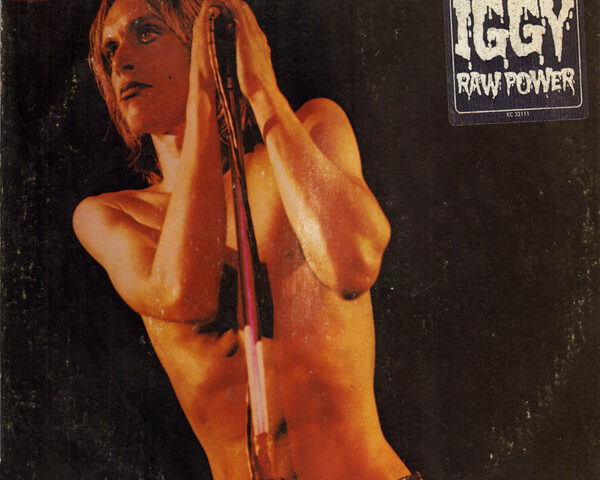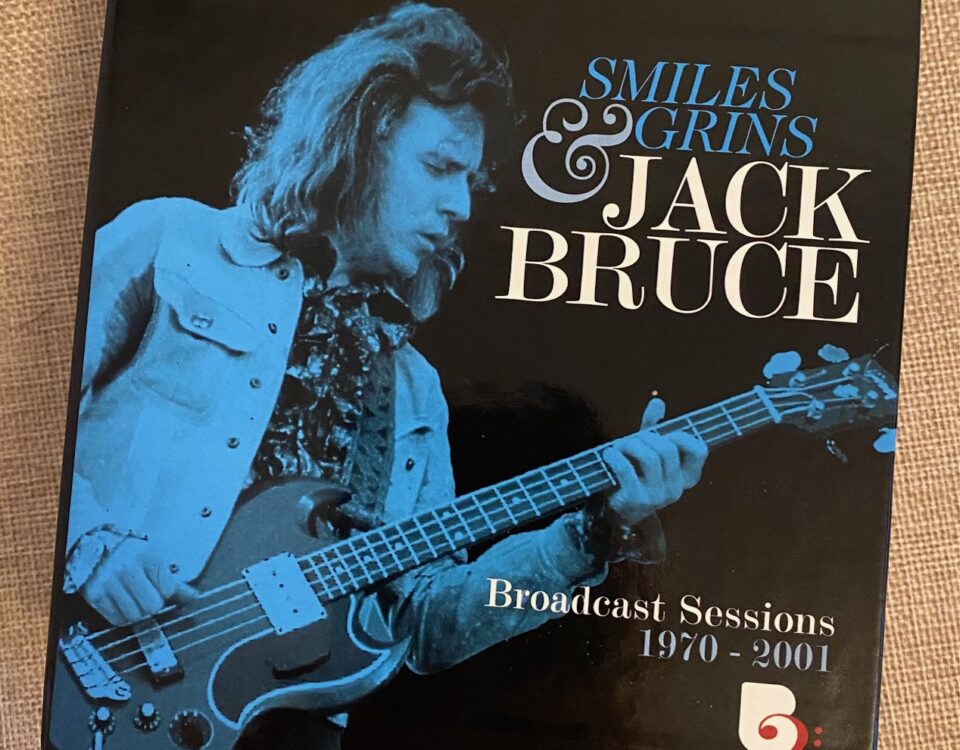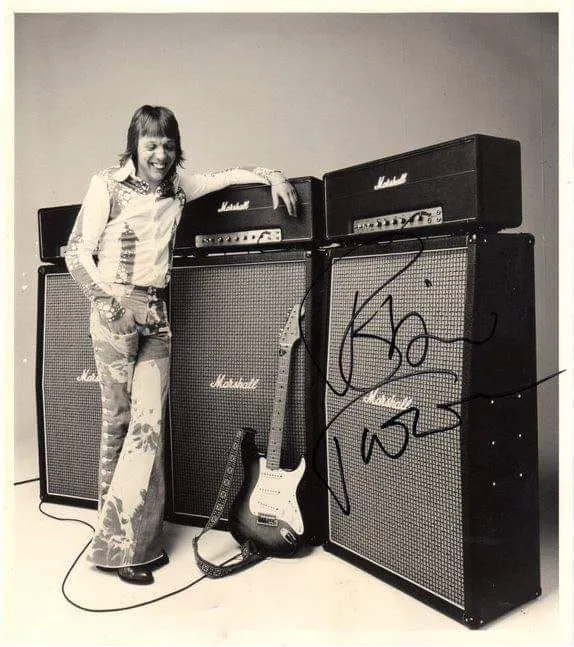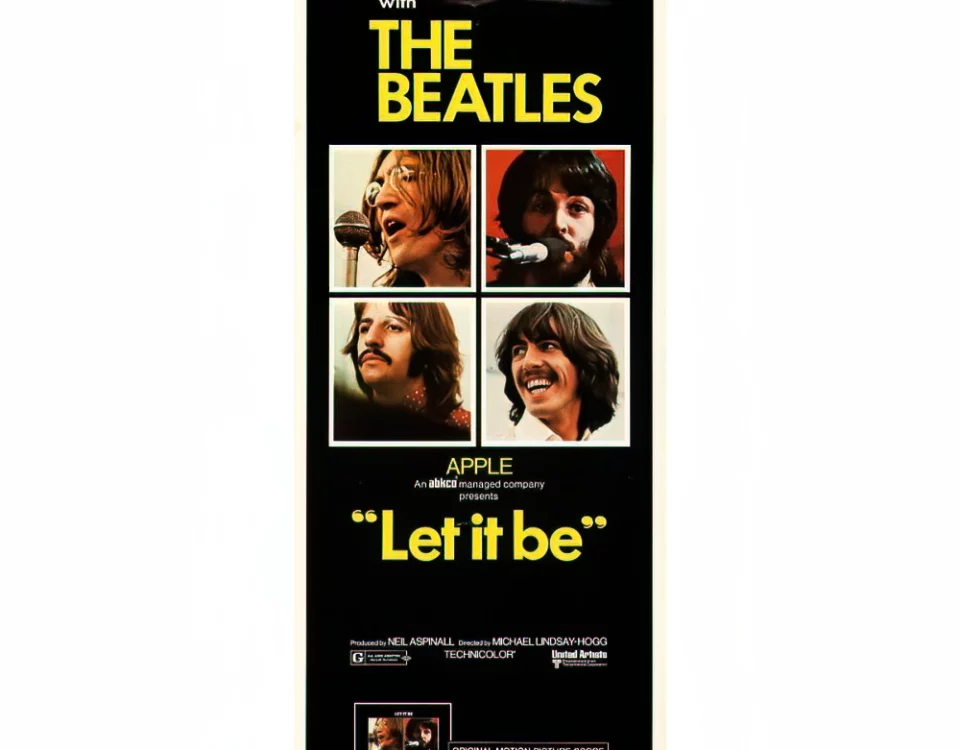Unleashing the Power

This week I heard a fantastic, powerful song by Iggy Pop backed by the late, truly great Nicky Hopkins’ brilliant piano. Unfortunately, it was in a dream so I’m afraid it was a one-and-done listening.
It was also apparently a subconscious shove to finish a blog post focused on Mr. Pop that I’d started months before. So, at last, without further ado…
When Iggy and The Stooges now legendary Raw Power album first emerged in 1973, from the second needle met groove it was clear this record was meant to be a sonic punch in the gut. Brazen, modernly boastful lyrics – “look out, honey, ‘cause I’m using technology” – were wrapped in an overload of snarl. And if the album’s opening line – “I’m a street walking cheetah with a heart full of napalm” – didn’t immediately stake out this album’s turf, I don’t know what possibly could.
Clearly, this was going to be a record of formidably ferocious songs. But first, there was the no small matter of just how those songs sounded.
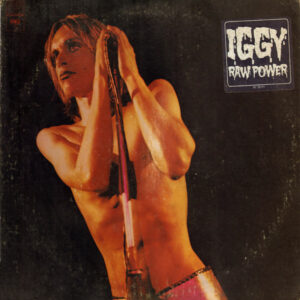
Raw Power in its initial incarnation. “The Stooges” didn’t make the cut for the hype sticker text. Image: Discogs.com
The mix of Raw Power was a controversial one. The tapes had journeyed from recording sessions in London to the attention of David Bowie at Western Recorders on Hollywood Boulevard, where Bowie would mix the tracks and lend some high-profile star sheen to this Stooges project. Much as Bowie’s career to that point had seen various chameleon-like changes, the singer’s approach to mixing was unconventional – as might have been expected.
If Bowie was captivated by a simple recurring series of piano notes designed to lurk in the background of the song “Raw Power,” Bowie saw no artistic reason to not take his fixation into the very front lines of the mix, pushing the keyboard up into guitar territory – and beyond. And rather than laboring over the mix questioning each element, Bowie took a wham-bam quick-mix approach to the project, no doubt pressured by his own hectic schedule.
After mentally marinating for 24 years in dissatisfaction with Bowie’s mix of his album, Iggy Pop took to the studio in 1997 to remix Raw Power from scratch.

Let this man mix and master your new album at your own risk… Image: Legacy Recordings
Unlike Bowie’s conceptual and artistic approach to the tracks, Iggy was thinking solely in terms of what a rock and roll band sounds like. A chaotic, manic, out of control band, but a rock band nevertheless. Though I would hesitate to call his mix orthodox, not surprisingly it does have more traditional aspects of rock music mixing than Bowie’s avant swipe. It’s a more dangerous and involving mix, like falling into a sonic black hole.
But it’s what Iggy did with his mix that turned the tale of Raw Power in a bizarre direction. When it came time to master his new mix for commercial release, Iggy passed right on by the then increasingly popular sonic trend of so-called “brick wall mastering” – he went for the entire building. In brick wall mastering dynamic ranges are sacrificed in favor of giving an overall sense of elevated volume, which supposedly makes recordings sound more vibrant or exciting. In reality, the approach can make listening to a brickwalled CD laborious and unpleasant. When Iggy’s 1997 Raw Power was released on Legacy Recordings’ “Rock Experience” outlet listeners quickly realized it was an experience, alright. It sounded essentially like a sonic bomb going off, and not in a good way. Under Pop’s direction nearly every level was heard practically flat-out, resulting in an effort that is still recognized today as one of the most severely mastered releases in recorded music history.

We’re number one! Hey, how’d that “2” sneak in there? The Dynamic Range Database website analyzes Iggy’s 1997 mix edition of “Raw Power.” When it comes to dynamic range, the more green the better. So… Image: Dynamic Range Database
And so things stood for 15 years, until once again in the realm of cutting edge modern music, good old vinyl came to the rescue.
In 2012 a double album of Raw Power was released by Legacy Recordings, including a 16-page retrospective booklet. Logically, the first album was the Bowie mix, the second Pop’s own effort behind the mixing board. Remarkably, this listening experience came without the ear-grinding consequences of Pop’s flat-out foray into the once-subtle art of mastering. The wildness remains, without all the pain.
Credit where credit was due was difficult to bestow in this case. Detailed information on the creation of this package was scarce, with some speculating that famed mastering engineer Kevin Gray had dragged the levels out of the red, though his name appeared nowhere in the credits. Others speculated that a 2010 digital mastering by Marc Wilder was used as a starting point, before the uncredited Kevin Gray later applied his own sonic treatments in preparation for and to maximize the potential of the vinyl pressing.
These obscurities may never be cleared up as far as full credit for the crucial intermediate step of mastering, let alone revelation of how it all came to be. But there is no doubt Kevin Gray at the least had final preparation of the vinyl: peering at the vinyl run-out grooves – or “deadwax” – around each record’s paper label reveals on all four LP sides the tag “KPG@CA” etched into the vinyl. Translation: Kevin Gray at Cohearent Audio, the mastering facility he opened in California’s San Fernando Valley in 2010.
In the end, by wielding the aural palette-shaping tools of vinyl mastering, Gray tames the savage beast of Pop’s mix, while adding a musical sheen to Bowie’s abstractions. It’s the best of both worlds, and is well worth seeking out for those under the spell of this fascinating album. It’s a shame his efforts aren’t more highly praised and easily found.
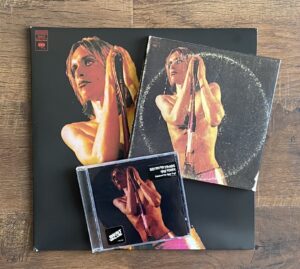
Raw Power, now available in all shapes and sizes… The 1997 Iggy edition CD, the 2010 Legacy 3-CD/DVD/45 single box, the 2012 double album Kevin Gray vinyl. Image: Frank Moriarty
Footnote: Prices vary widely for the double vinyl album Raw Power bearing the “magic touch” of Kevin Gray, occasionally selling for as low as under $20. So don’t feel the need to jump at the first (three-digit!) price you may see…
